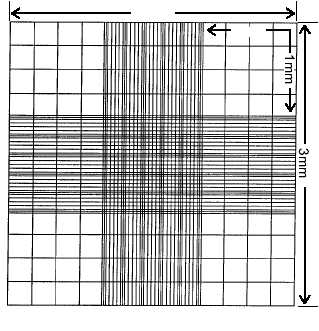As we said earlier, the red cell count is used in the
diagnosis of many diseases. For example, a red cell
count that drops below normal values may indicate
anemia and leukemia. On the other hand, a red cell
count that rises above the normal values may indicate
dehydration.
The Unopette® Method is used to manually count
red blood cells.
Material requirements and the
step-by-step procedures for performing this procedure
are provided in the following sections.
Materials Required for Unopette Procedure
The Unopette procedure consists of a disposable
diluting pipette system that provides a convenient,
precise, and accurate method for obtaining a red blood
cell count. To perform a red blood cell count using the
Unopette method, you will need to obtain the
following materials:
A disposable Unopette (see fig. 7-8) for RBC
counts. The Unopette consists of
—a shielded capillary pipette (10 microliter (Fl)
capacity), and
—a plastic reservoir containing a premeasured
volume of diluent (1:200 dilution).
Hemacytometer and coverglass
Microscope with light source
Hand-held counter
Laboratory chit
Unopette Procedure
The Unopette procedure for counting red blood
cells is as follows:
1. Puncture the diaphragm in the neck of the
diluent reservoir with the tip of the capillary
shield on the capillary pipette. See figure 7-9.
2. After obtaining free-flowing blood from a
lancet puncture of the finger, remove the
protective plastic shield from the capillary
pipette. Holding the capillary pipette slightly
above the horizontal, touch the tip to the blood
source (see fig. 7-10, view A). The pipette will
7-11
3mm
1mm
HM3f0707
Figure 7-7.—Improved Neubauer Ruling.
CAPILLARY
PIPETTE SHIELD
CAPILLARY PIPETTE
PLASTIC RESERVOIR
WITH DILUENT
HM3f0708
Figure 7-8.—Unopette® for RBC count.




